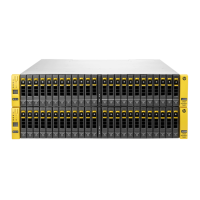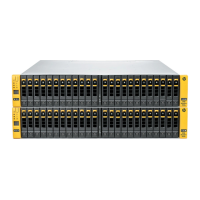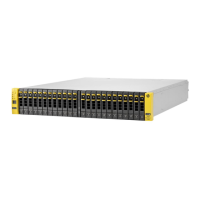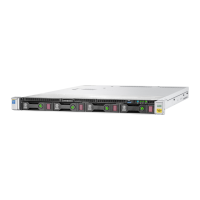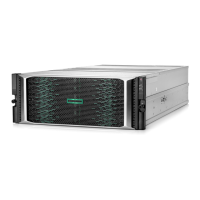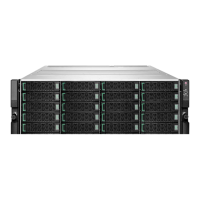◦ Number of drive cages
◦ Number of drive magazines — showcage –d
◦ Number and sizes of drives on the magazines — showpd
• Physical condition of system hardware and cabinet (note presence of scratches, dents,
missing screws, broken bezels, damaged ports, and other visible anomalies)
• Destination address or addresses and list of the equipment going to each address
NOTE: In this and other chapters, the command-line examples use bold type to indicate user
input and angle bracket (< >) to denote variables. Examples may not match the exact output any
particular system.
Uninstalling the System
NOTE: If you are planning to reinstall using the existing license, record the license before
completing this uninstall procedure. Use the following commands to record the existing license:
showlicense and showlicense -raw.
This section provides instructions for uninstalling a system.
1. Connect the laptop to the highest numbered controller node with a serial cable.
2. Using a terminal emulator program, such as Putty, set your maintenance laptop console to
the following settings.
ValueSetting
57600Baud rate
8Data bits
NoneParity
1Stop bits
Xon/XoffFlow control
3. Log into the node as the console user.
3PAR(TM) OS <version> <sernum>-<nodeID> ttyS0
(none) login: console
Password: <password>
NOTE: To cancel the process at anytime, press CTRL+C.
4. From the console menu, enter 8 to select Perform a deinstallation.
3PAR Console Menu 1400293-1 3.x.x.xxx
1. Out Of The Box Procedure
2. Re-enter network configuration
3. Update the CBIOS
4. Enable or disable CLI error injections
5. Perform a Node-to-Node rescue
6. Set up the system to wipe and rerun ootb
7. Cancel a wipe
8. Perform a deinstallation
9. Update the system for recently added hardware (admithw)
10. Check system health (checkhealth)
11. Load network configuration
134 System Deinstallation
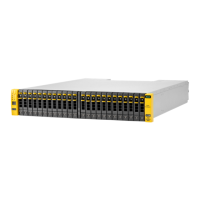
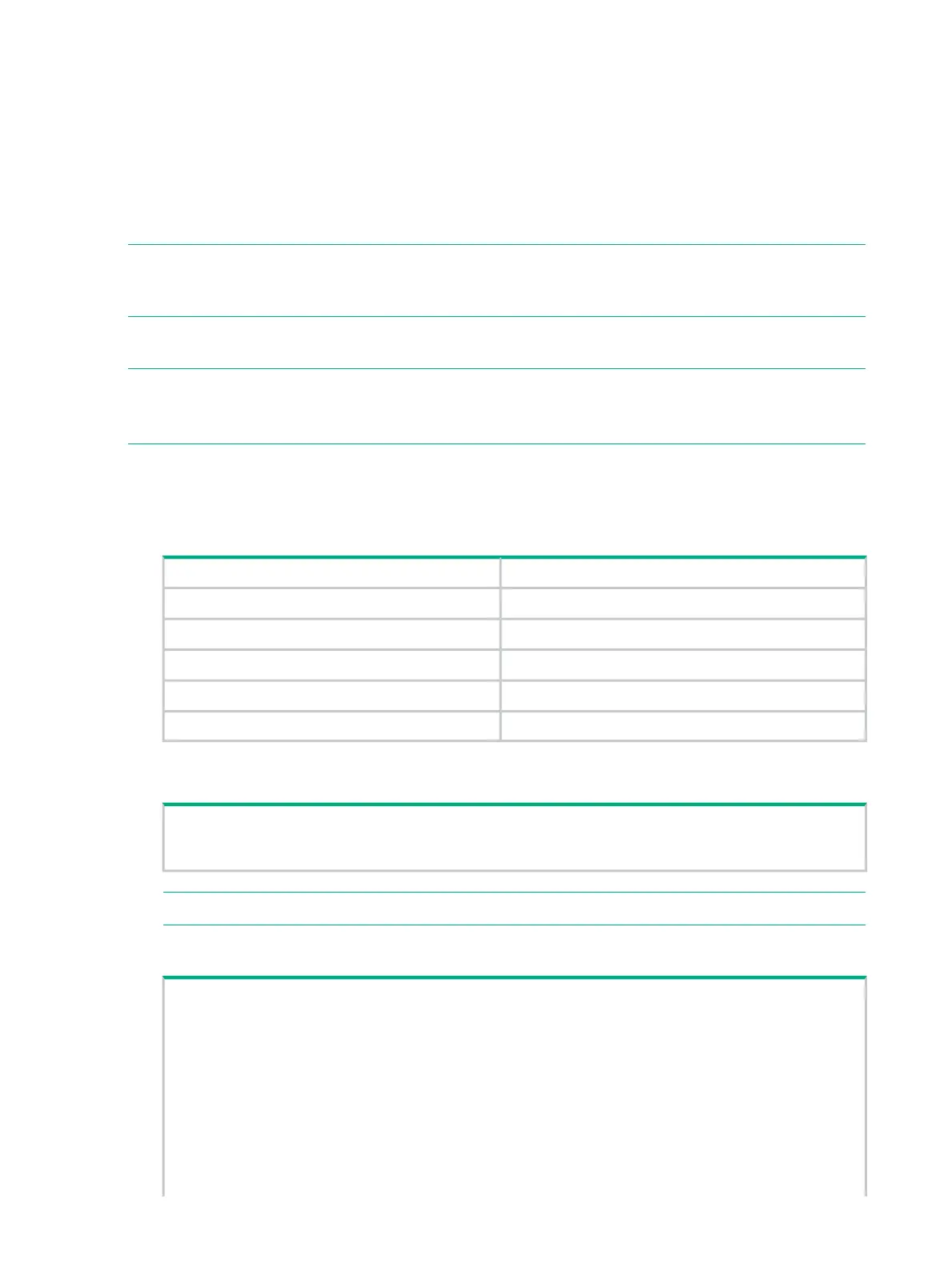